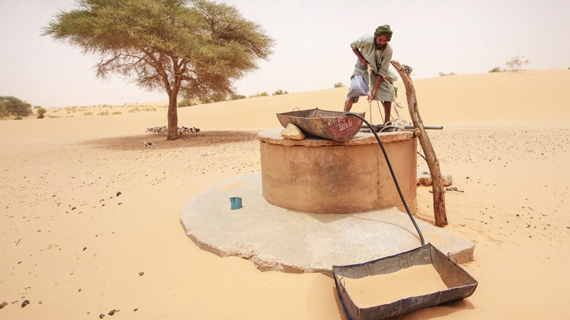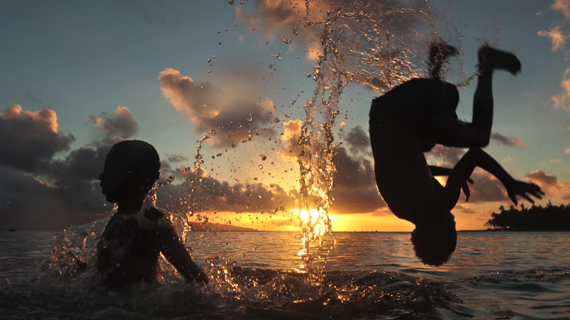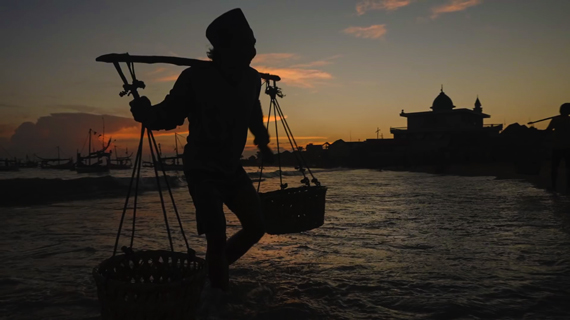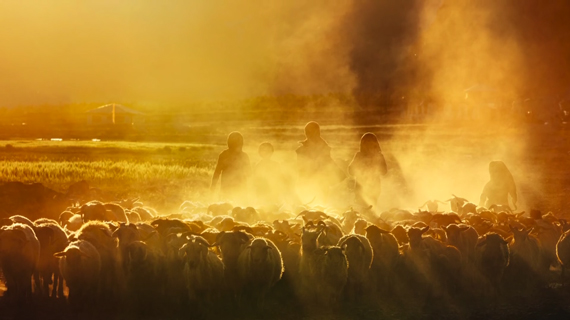Travel photographers don’t have the luxury of carrying their lighting setup everywhere they go. They have to make the most out of the natural light that’s available at the moment. If they don’t like the lighting, they can wait. But the moment won’t wait for them. Photographer Mitchell Kanashkevich discusses the challenges that a travel photographer has to face with natural light and suggests ways to adapt and improvise to make the most of available light:
Natural light photographers love golden hours and tend to refrain from shooting at mid-day due to its harsh nature. However, waiting for and photographing in such a narrow window limits your growth as a photographer. anashkevich argues that photographs don’t need to be beautiful to be powerful. Photos must be able to portray a certain mood and a sense of story, which doesn’t always necessitate good lighting.
A Lesson in Adapting to Natural Light
As a travel photographer, sometimes you may have an objective of capturing beautiful and surreal images. Waiting for the perfect lighting makes sense in such conditions. However, the fun part is documenting life as it is, and you don’t need to wait for the perfect light to do that. You need to learn to adapt to the lighting and choose your subjects and the story. For instance, harsh light doesn’t beautify or emphasize anything, so look for things to photograph that don’t need any enhancement or things that are beautiful regardless of nature of light. Look for scenes that are interesting compositionally.

Weather hugely affects lighting and there is nothing you can do to control the weather. Instead, embrace challenging weather and make it a part of your photos. Your anger and frustration makes no change on the weather. Adapting is your only choice.
Making Natural Light Manageable
Nature has all kinds of light available and different kinds of natural light has different characteristics and affects how we see, what we feel, and the meaning that we attach to a certain photo. Utilize different types of natural light to create great travel photos regardless of lighting conditions.
- Golden hour light. Golden hour light is available close to sunrise and sunset. This light is soft and fantastic for making things look vivid and beautiful. This light can be used to communicate warmth and happiness and to create some drama, too. It is equally good for silhouettes.

- Harsh midday light. Harsh light works well for emphasizing particular conditions, such as showing hardship in a desert. This light is anything but glamorous. Depending on how you’re positioned in relation to the sun, textures can really be prominent under this light. It emphasizes wrinkles and other imperfections if you want to use it in that way.
- Overcast light. If you constantly face overcast conditions, try to make weather a part of your photos. This light creates very little emotional impact as it is neutral and flat. Under dark skies, it can cast a grayish tint but often it doesn’t cast any tint on the colors. Subjects and characters that are interesting in themselves, or some sort of action or emotion, can be good subjects to photograph under this lighting.
- Twilight / blue hour light. Twilight casts a blue tint but it can cast different colors depending on various sky conditions. Sometimes it can be colorful and dramatic and at other times it can be bluish and darker. During darker conditions, you can create poetic images. It is important to note that twilight doesn’t emphasize details.

- Fog. Thick fog creates very soft light. It creates an atmospheric and strong sense of mood. Subjects look neutral under this light, and when we get away from the subject, we lose details allowing us to take evocative, minimalistic images. As with twilight, this type of lighting is poetic and suggestive, rather than literal. Make the fog a feature of your photo and consider it a subject.
- Light as subject. Sometimes the natural light is so striking that it behaves as a character. You can consider light and its behavior as the subject. Interaction of light with elements like smoke, fog, or dust can create dramatic and powerful photos.

“If a certain lighting situation inspires you, have fun with it. It doesn’t even matter what you shoot. Go and experiment.”
Experimentation will not guarantee instant success, but when everything goes right, you will end up getting some really memorable and special photographs. Consider these tips as an idea bank. Whenever you’re out, assess the lighting conditions and put your energy in implementing those ideas.
For further training: The Photography Action Cards at 88% Off
Go to full article: Making the Most of Natural Light for Travel Photography
What are your thoughts on this article? Join the discussion on Facebook
PictureCorrect subscribers can also learn more today with our #1 bestseller: The Photography Tutorial eBook
The post Making the Most of Natural Light for Travel Photography appeared first on PictureCorrect.
from PictureCorrect https://ift.tt/2LlmgQH
via IFTTT






0 kommenttia:
Lähetä kommentti